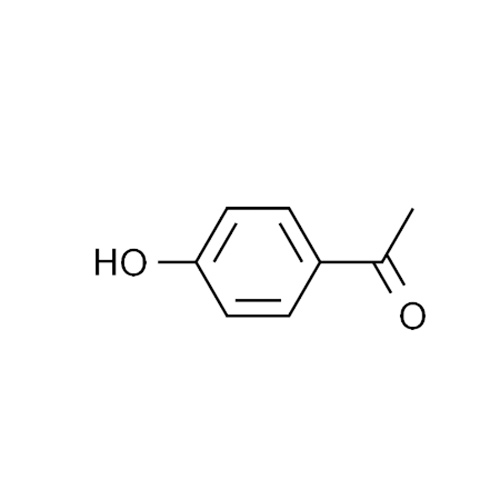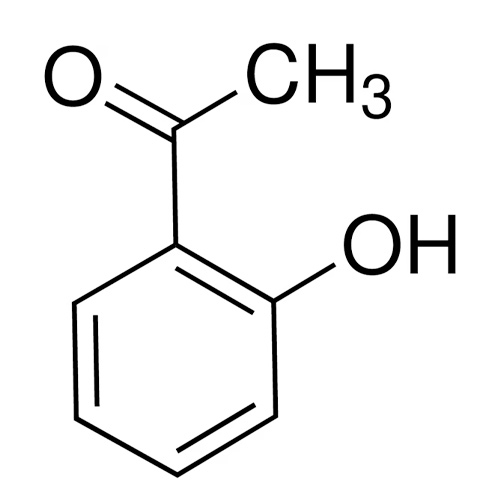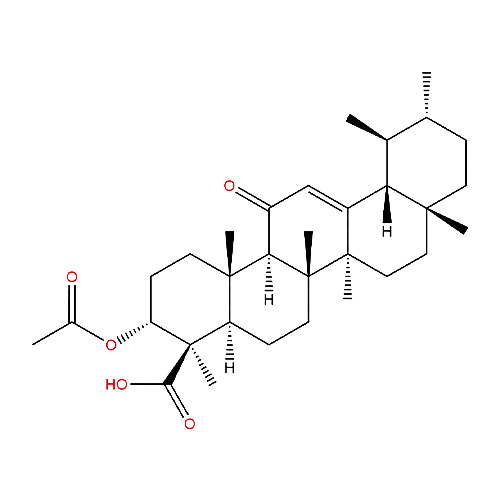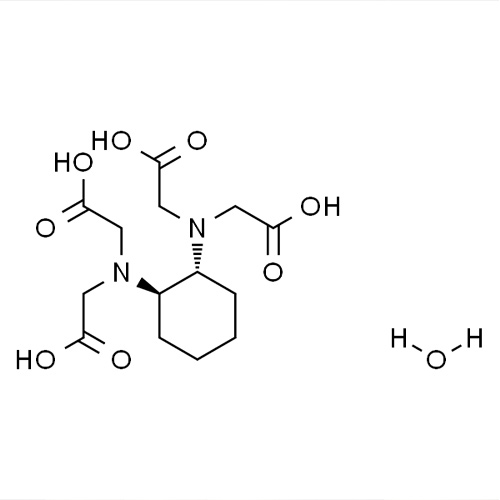PRODUCT
Product Center
Overview
PRODUCT INTRODUCTION
Ethylene glycol (ethylene glycol), also known as glycol, 1,2-ethylenediol, abbreviated EG. chemical formula (CH2OH)2, is the simplest diol. Glycol is a colorless, odorless, sweet-smelling liquid with low toxicity to animals. Glycol is miscible with water and acetone, but less soluble in ether. It is used as solvent, antifreeze and raw material for synthesizing polyester. Polyethylene glycol (PEG), a polymer of ethylene glycol, is a phase-transfer catalyst, also used for cell fusion; its nitrate is an explosive
USES
Mainly used in the production of polyester, polyester, polyester resin, moisture absorbers, plasticizers, surfactants, synthetic fibers, cosmetics and explosives.
It is also used as a solvent for dyes, inks, etc., antifreeze for engine, gas dehydrating agent, resin, wetting agent for cellophane, fiber, leather and adhesive.
Can produce synthetic resin PET, fiber grade PET that is polyester fiber, bottle grade PET for the production of mineral water bottles. It can also produce alkyd resin, glyoxal, etc. It is also used as antifreeze.
In addition to being used as an antifreeze for automobiles, it is also used for the transportation of industrial cold, and is generally referred to as a carrier refrigerant, while it can also be used as a condensing agent, as can water. Glycol should be noted when used as a carrier refrigerant:
1, its freezing point changes with the concentration of ethylene glycol in aqueous solution, the concentration is below 60%, the concentration of ethylene glycol in aqueous solution increases the freezing point decreases, but the concentration is more than 60%, with the concentration of ethylene glycol increases, its freezing point is a tendency to increase, the viscosity will also increase with the concentration. When the concentration of 99.9%, its freezing point rose to -13.2 ℃, which is concentrated antifreeze (antifreeze mother liquor) why can not be used directly for an important reason, it must be caused by the user's attention.
2, ethylene glycol contains hydroxyl, long-term work at 80 degrees Celsius -90 ℃, ethylene glycol will first be oxidized to ethanoic acid, and then oxidized to oxalic acid, that is, ethanedioic acid (oxalic acid), containing 2 carboxyl groups. Oxalic acid and its by-products first affect the central nervous system, then the heart, and later the kidneys. Ethylene glycol glycolic acid, causes corrosion to equipment and makes it leak. Therefore, in the formulated antifreeze, there must also be a corrosion inhibitor to prevent corrosion of steel and aluminum and the generation of scale.
Glycol methyl ether series products are high-level organic solvents with excellent performance, as solvents and diluents for printing inks, industrial cleaning agents, paints (nitro fiber paint, varnish, enamel), copper-cladding boards, printing and dyeing, and so on. However, it is easy to metabolize and oxidize to generate toxic oxalic acid, so it can not be widely used as a solvent.
It can be used as intermediates of pesticide and medicine, and is the intermediate of fungicide pentaconazole and oxacillin. As well as synthetic brake fluid and other chemical products, raw materials; leather and chemical fiber dyeing agent.
Glycol can be added to hydraulic fluid to prevent the erosion of rubber in the system by oil-based hydraulic fluid; water-based hydraulic fluid with glycol as the main component is a kind of hydraulic fluid that cannot be burned, and is used in airplanes, automobiles, and high-temperature operation molding machines.
Used as textile auxiliaries, synthetic liquid dyestuffs, and raw materials for desulfurizers in fertilizer and oil refinery production.
Used as analytical reagent, chromatographic reagent and capacitive medium.
MESSAGE
Related recommendations
Please leave us a message











